Are you looking to install an air conditioner in your home but don’t know what size to get?
Calculating the right size air conditioner for your home can be tricky.
This blog post will help to provide an in-depth guide for determining the best size air conditioner for your home.
This article will show you how to calculate the square footage of the room to understand the different types of air conditioners available.
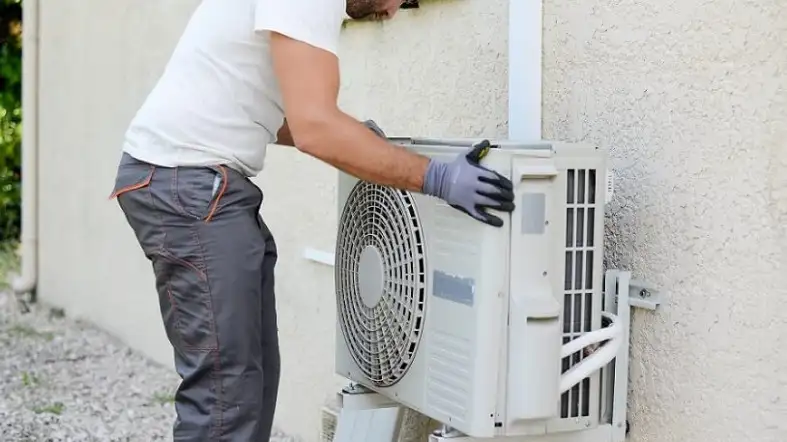
How Do I Calculate What Size Air Conditioner I Need?
To calculate the size of the air conditioner you need, you must first determine the square footage of the area to be cooled. Then, multiply this by 25 BTUs, which is the average cooling capacity required per sqft. Adjust this figure based on various factors to get the most accurate requirement.
Air Conditioner Size Calculation- Two Most Effective Methods
Square Footage Method
Understand The British Thermal Units
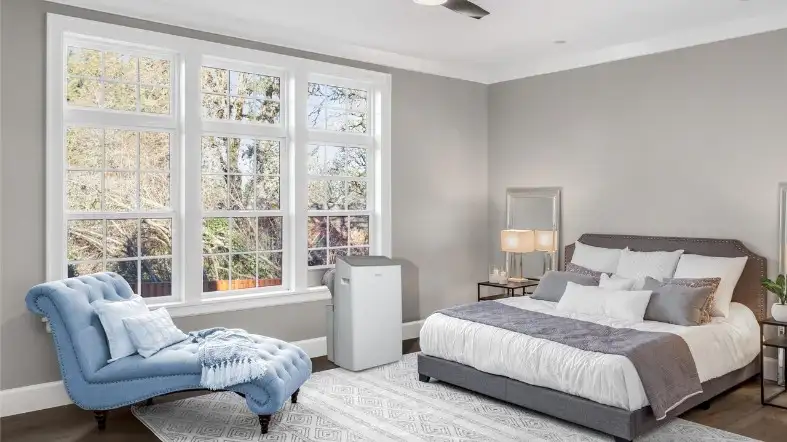
The British thermal unit (BTU) is the preferred unit for measuring the amount of heat needed to increase the temperature of a pound of water by one degree.
It is an odd metric in the USA, where many people avoid British measurement units. Still, the HVAC industry follows BTU’s method to calculate cooling capacity.
One BTU represents the amount of heat an AC can remove within 1 hour.
The amount of BTUs required for an air conditioner is determined by a variety of factors.
>> What AC size for double wide mobile home?
Measure The Square Footage Of Your Area
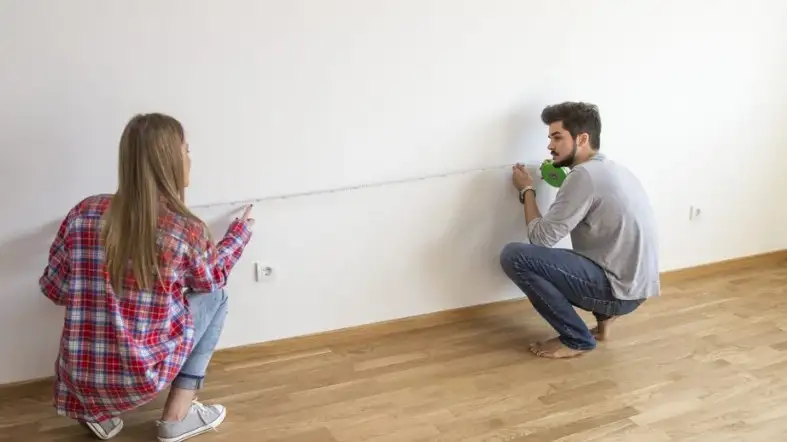
If you need to cool a single room, calculating what size air conditioner you’ll need will be much easier.
If your area is rectangular or square, simply multiply its width and length to get the square footage measurement.
But if your desired area is triangular, you have to go through an extra step and divide the result by two.
If the shape of your room is more complex, break it into smaller squares and triangles. Then combine the measurements of these sections.
If you need an air conditioner to cool the whole home, repeat the same calculation process for each room and add up the total.
Remember, you have to only calculate the living space, excluding the area that doesn’t need to be cooled.
If you have a rectangle or square house, multiply its length and width to get the overall square footage in one step.
Multiply your square footage by 20
Though you can follow several methods to determine the number of BTUs required per sq ft, multiplying by 20 is a good decision.
Multiply your calculated square footage by 20 and you will get a good approximate figure of the capacity AC you require.
Adjust Based On The Following Factors
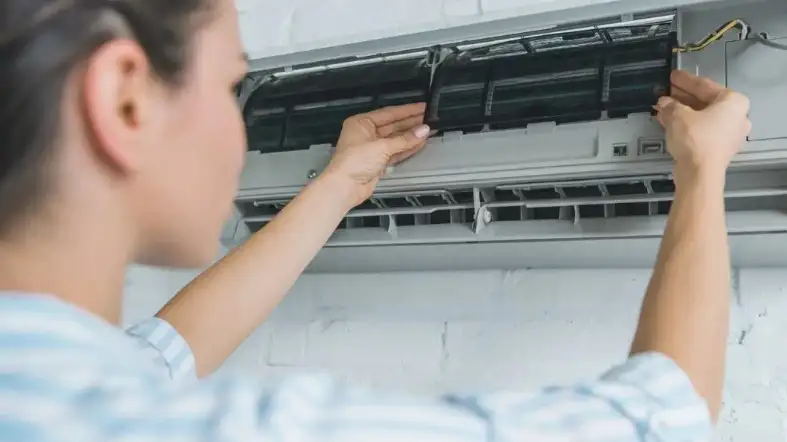
Calculating the sq ft and multiplying by 20 will give you a rough estimate of the BTU requirements.
There are plenty of factors to consider to get the exact capacity air conditioner.
According to the Department of Energy and the U.S. Environmental Protection Agency, the recommendations are:
- For a heavily shaded home, deduct 10% of the capacity. Conversely, add an extra 10% capacity if your home is under direct sunlight, like in states like Arizona and Phoenix.
- If you have a family with more than two people, add an extra 600 BTUs.
- If you need an air conditioner, especially for the kitchen, add 4000 BTUs to the measurement.
Find The Correct Size Air Conditioner Based On The Calculations.
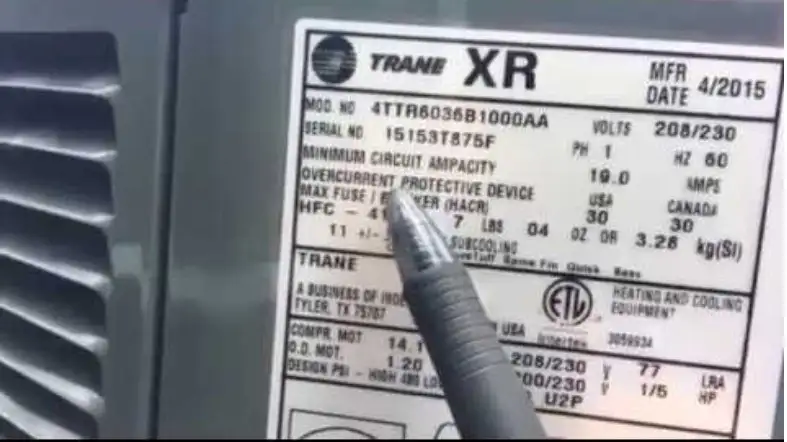
To get the right size air conditioner, multiply the length and width of the room or desired area to make it cool.
Then multiply the measurement by 20 or 25.
This way, you’ll get the right air conditioner that will keep the area cool throughout the year, whether it is a rainy, hot, humid, or sunny day.
For example, you need an air conditioner for a room that’s 15 feet wide and 20 feet long.
So the measurement will be 15 x 20 = 300 sq ft.
Then multiply the result by 20 BTU per square foot and you’ll get the air conditioner with the minimum capacity requirement.
It means you’ll need 300 x 20 = 6000 BTU of cooling capacity.
Following are some standard-size air conditioners required for different areas:
| Range of square footage area | An air conditioner with a minimum BTU requirement |
|---|---|
| 100 to 150 sq ft | 5,000 BTUs |
| 150 to 250 sq ft | 6,000 BTUs |
| 250 to 300 sq ft | 7,000 BTUs |
| 300 to 350 sq ft | 8,000 BTUs |
| 350 to 400 sq ft | 9,000 BTUs |
| 400 to 450 sq ft | 10,000 BTUs |
| 450 to 550 sq ft | 12,000 BTUs |
| 550 to 700 sq ft | 14,000 BTUs |
| 700 to 1,000 sq ft | 18,000 BTUs |
| 1,000 to 1,200 sq ft | 21,000 BTUs |
| 1,200 to 1,400 sq ft | 23,000 BTUs |
Kilowatt Method
Air Conditioner For Home
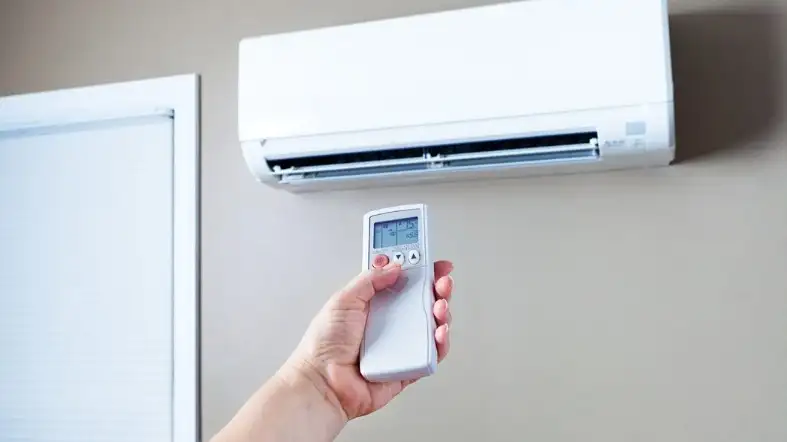
Similar to the BTUs method, firstly multiply the width and the length of the room. Then multiply the result by watts that vary based on the ceiling heights.
The rules are:
- If the room has 8 feet high ceiling, multiply the square footage by 150 watts.
- If the ceiling of the room is 9 feet high, multiply the floor space by 160 watts.
- If the room has 10 feet high ceiling, multiply the total result by 175 watts.
Air Conditioner For Office
It needs to follow a different method to calculate the right size AC unit for the office.
The reason is that offices are generally made of different materials and mostly don’t have insulation.
The office requires a bigger size air conditioner for cooling. In general, a 2.5kW air conditioner is suitable for a 10m2 office area.
Air Conditioner For Shop

Shops require an oversized air conditioner. Considering the type of shop, you’ll require a lot of money to install an AC unit.
Most of the shops aren’t insulated properly, thus the room doesn’t remain cool for long.
A 4Kw air conditioner is a preferable size for serving a 20 square meter shop area efficiently.
Following are some air conditioners required for various miter square areas based on the kW capacity:
| Range of square meter area | Air conditioner with minimum kW requirement |
|---|---|
| 10m2 to 25m2 | 2.5 kW |
| 25m2 to 35m2 | 3.5 kW |
| 35m2 to 60m2 | 5-6 kW |
| 60m2 to 85m2 | 7-8.5 kW |
| 85m2 to 95m2 | 9-9.4 kW |
After determining the amount of BTUs that require cooling your desired area, your next step is to bout the air conditioner that can provide it.
When it comes to installation, it’s better to let it be handled by a professional to place it in the right spot.
As you get the minimum requirement, you may now wonder whether the AC could be smaller or bigger.
How to choose the right Size Air Conditioner?
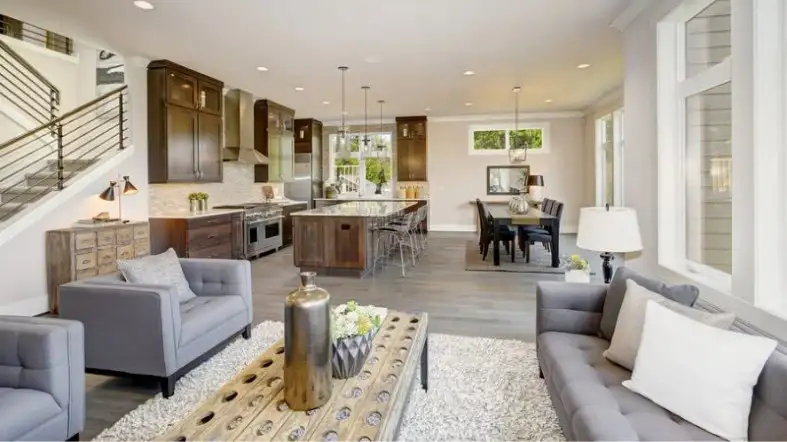
Choosing the right size air conditioner is crucial for ensuring that your home or office is comfortable during hot weather.
Here are some things to consider that can help you choose the right size air conditioner for your needs:
Measure the Room
The first step in choosing the right size air conditioner is to measure the room’s square footage.
Use a tape measure to measure the length and width of the room and then multiply those numbers to get the total square footage.
Determine the BTU Requirement
Once you have the room’s square footage, you can use a BTU (British Thermal Unit) calculator to determine the appropriate cooling capacity required to cool your room.
A BTU calculator takes into account factors such as the room’s insulation, ceiling height, and the number of windows and doors.
Consider the Climate
If you live in a hot and humid climate, you may need a higher BTU rating for your air conditioner.
If you live in a cooler climate, you may be able to get away with a lower BTU rating.
Consider the Space’s Orientation
The orientation of the room can also affect the size of the air conditioner you need.
If the room is facing east or west, it may be more challenging to cool, and you may need a higher BTU rating.
If the room is facing north or south, it may be easier to cool, and you may need a lower BTU rating.
Consider Other Factors
There are other factors to consider when choosing the right size air conditioner, such as the number of people, the amount of heat-generating electronics in the room, and the room’s overall airflow.
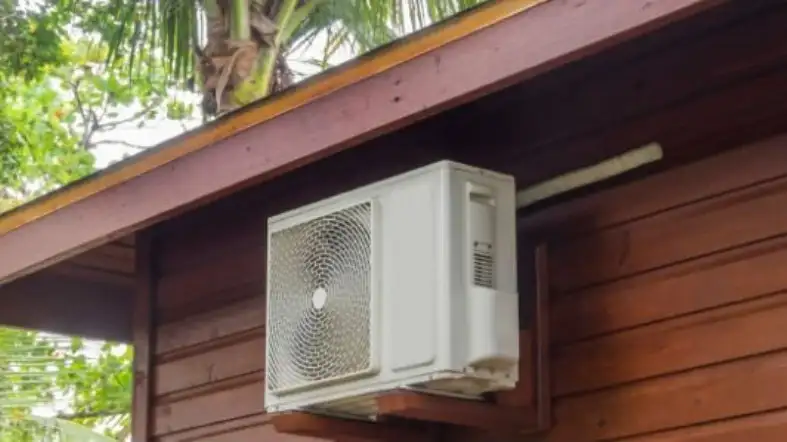
Installation Considerations
Installing an air conditioner involves more than just placing the unit in the desired location.
Install the unit properly to ensure it operates efficiently and effectively. Here are some considerations when installing your air conditioner:

Location
- Choose a location that is easily accessible for maintenance and repair.
- Ensure the location is level and secure to prevent damage and ensure optimal performance.
- Choose a location that is away from heat sources and direct sunlight to prevent unnecessary strain on the unit.
Electrical Requirements
- Ensure that the electrical supply to the air conditioner is adequate for the unit’s power requirements.
- Make sure the unit is grounded properly to prevent electrical hazards.
Insulation
- Properly insulate any ducts or pipes to prevent energy loss and condensation.
- Insulate the area around the unit to prevent air leaks and maximize efficiency.
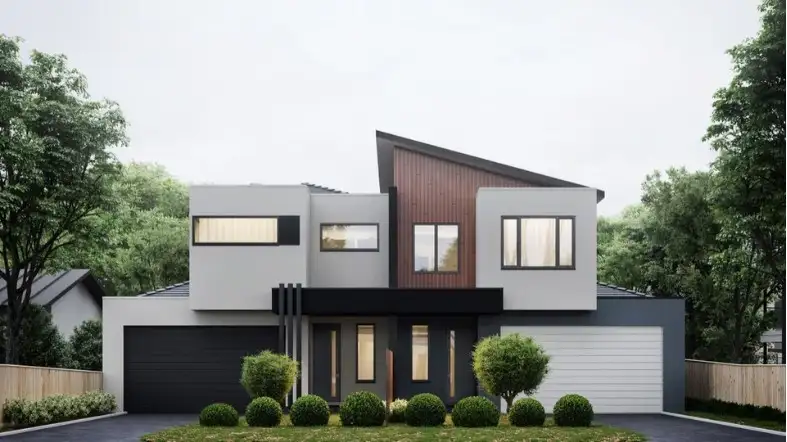
Airflow
- Ensure there is adequate space around the unit for airflow to prevent overheating and improve efficiency.
- Ensure the air ducts are properly sealed to prevent air leaks and ensure optimal airflow.
Condensate Drainage
- Ensure that the unit is installed with proper drainage to prevent condensate buildup and possible water damage
Hiring a Professional
- Consider hiring a professional to install your air conditioner to ensure it is installed properly and to prevent any potential hazards.
- A professional can also advise on the optimal location and installation options for your specific space.
FAQs on How to Calculate the Right Size Air Conditioner
Why is it important to choose the right size air conditioner?
Choosing the right size air conditioner is important for optimal cooling and energy efficiency.
An undersized unit will struggle to cool your space, while an oversized unit will waste energy and cost more to operate.
How do I calculate the square footage of my space?
To calculate the square footage of your space, measure the length and width of the room and multiply them together.
For irregularly shaped rooms, divide the space into smaller, easily measurable sections and add them together.
What is a BTU, and why is it important?
BTU stands for British Thermal Unit and is a measure of the cooling capacity of an air conditioner.
By calculating the appropriate BTU rating for your space, you can ensure that your air conditioner is the right size to cool your room efficiently.
How do I calculate the right size air conditioner?
When calculating the right size air conditioner, consider the number of people who will be in the room, any heat-generating electronics, and the room’s airflow.
These factors can affect the cooling load and help determine the appropriate size unit.
Can I install the air conditioner myself, or do I need a professional?
While it is possible to install an air conditioner yourself, hire a professional to ensure proper installation and prevent any potential hazards.
A professional can also advise on the optimal location and installation options for your specific space.
Final Words
Choosing the right size air conditioner is crucial for optimal cooling and energy efficiency.
By considering the square footage of your space, climate, orientation, BTU requirements, cooling load, and other variables, you can calculate the appropriate size unit.
Proper installation, maintenance, and repair will ensure your air conditioner operates effectively and lasts for years to come.

